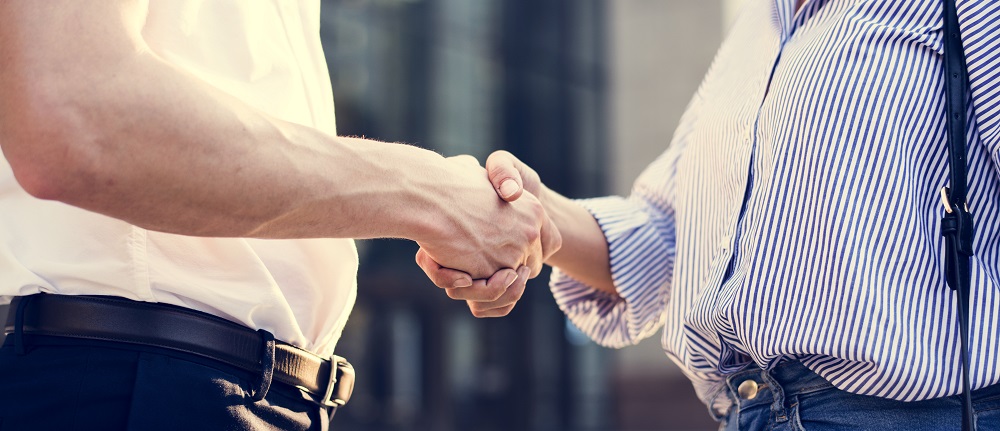
02 Aug Social Lubricant

Dr. Steve Mason
“We make some of our greatest gains when we see old things in new ways.”
Contact Dr. Mason by email at drsbmason@aol.com
Social Lubricant
The other day, while I was checking out at the supermarket, the young lady at the register asked: How are you today? I replied that I just had minor eye surgery so I couldn’t see that well and needed to use eye drops. All my life, to that point, I’d concentrated on keeping things out of my eye but now I had to deliberately put things in. Then I noticed that the young lady’s mouth was ajar and she was staring at me as one might stare at a gift-wrapped hand grenade.
My mistake was that I’d taken her at her word. She asked how I was so I naively assumed she really wanted to know. It reminds me of patients coming into a clinic who, upon being asked how they are, said: Fine. Then what are they doing there? This four word phrase is sometimes referred to as social lubricant. It’s not meant to convey any information other than the fact that you’re simply acknowledging the other person’s presence.
Different cultures use different behaviors to accomplish the same end. Some use a hand shake while others engage in an air-kiss. Japanese bow again and again and when you think you’ve bowed enough, you haven’t. Russians look into your eyes with great intensity for an uncomfortably long moment and expect you to reply in kind. If you don’t, you can be perceived as not being serious or, even worst, as not taking them seriously. Some groups move in uncomfortably close. A good example of this is the individual from Spain moving to within a foot of the individual from England who then immediately pulls back to more like two feet. Here in America, women stand closer to total strangers than men stand to their bosom buddies. In the US we ask; What do you do? In the UK it’s: Where are you from and in China it’s Have you eaten?
There are so many regional variations in the way humans greet each other that it’s easy to see how significant misunderstandings can occur. What makes this worse is that we form our opinions of others in a minute or two based primarily on what we see. Clothes, facial expressions, postures and bodily movements all combine to signal Friend or foe; someone you like or dislike; someone the same as you or different from you. Sometimes with no basis in fact.
Interestingly enough, this even translates to our relationships with pets. Dogs have developed eyebrow muscles that allow them to make faces that their owners associate with specific emotions. Because wolves lack that ability, they’re seen as cold and calculating. Not an animal you want to hake home from the shelter. Cats avoid stares because they imply a threat. When a cat looks away, it’s not saying that it’s aloof (as people think) but rather that it means no harm.
Look At It This Way
How often have you heard close friends, or perhaps even spouses, say they didn’t like each other in the beginning? They had to get to know the other person which is the same as saying they had to overcome their first erroneous impression. Just being aware of how important that first step can be to a relationship can give you a leg up the next time someone says: How are you today. Get your response just right and – believe it or not – it could effect the rest of your life.





Sorry, the comment form is closed at this time.